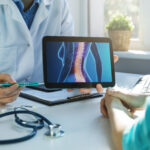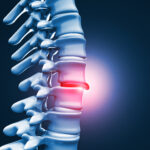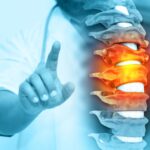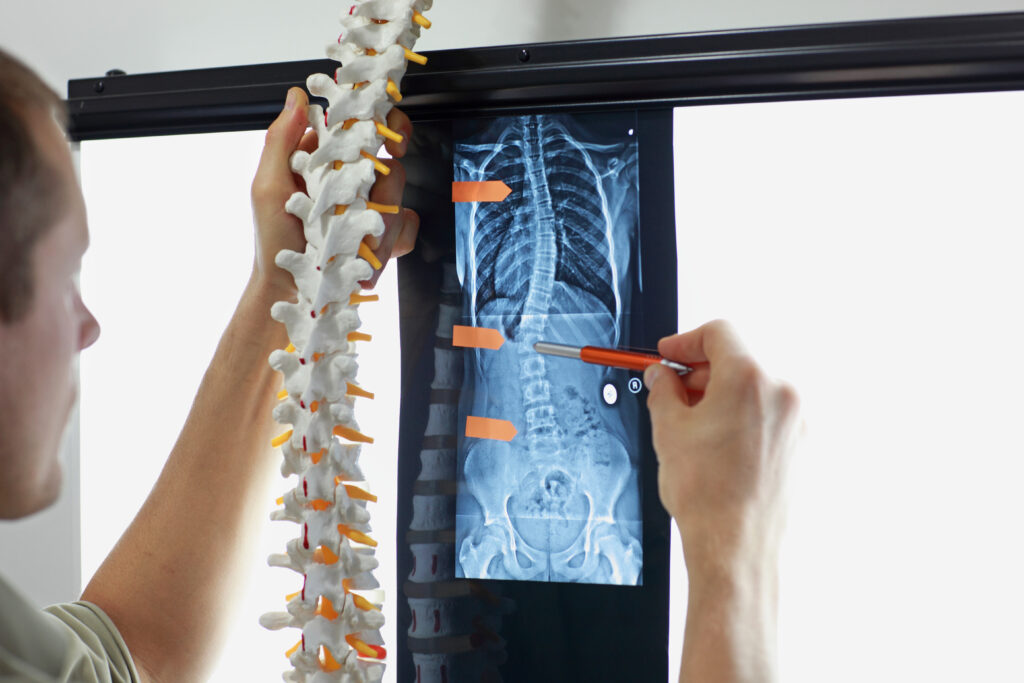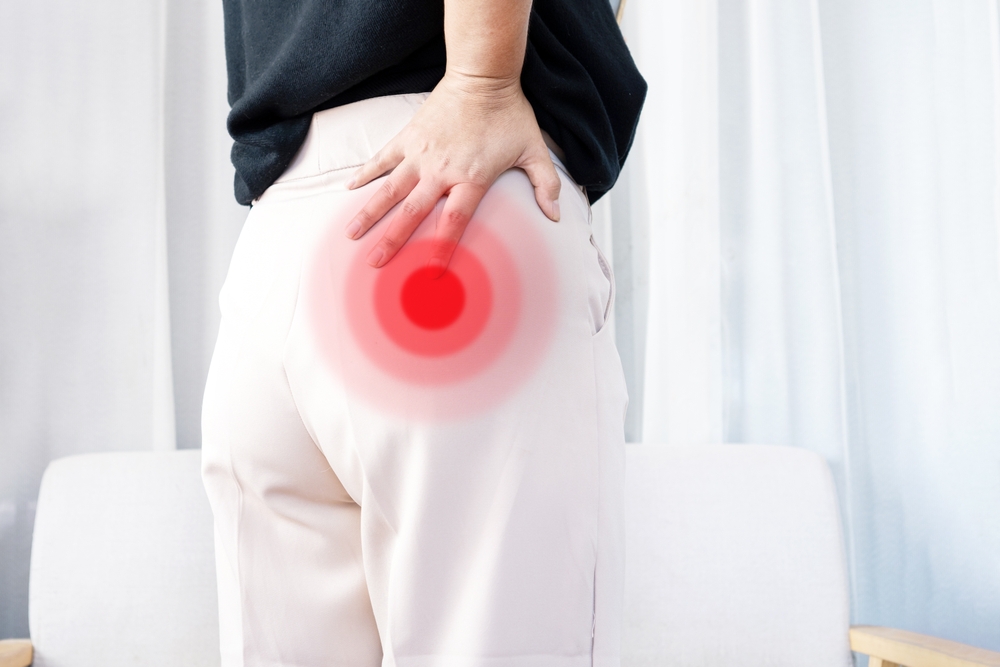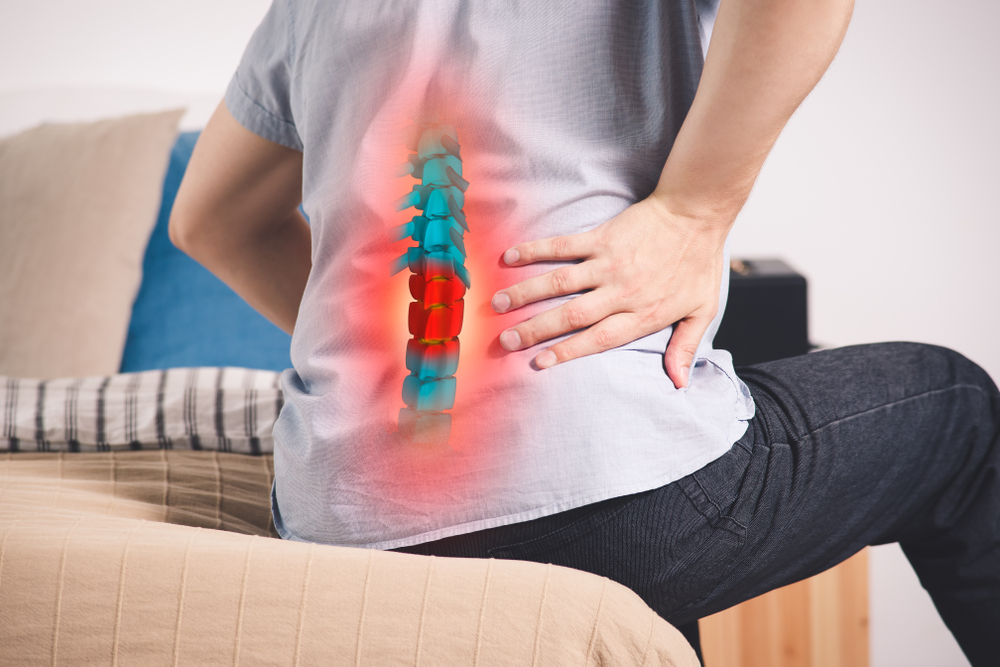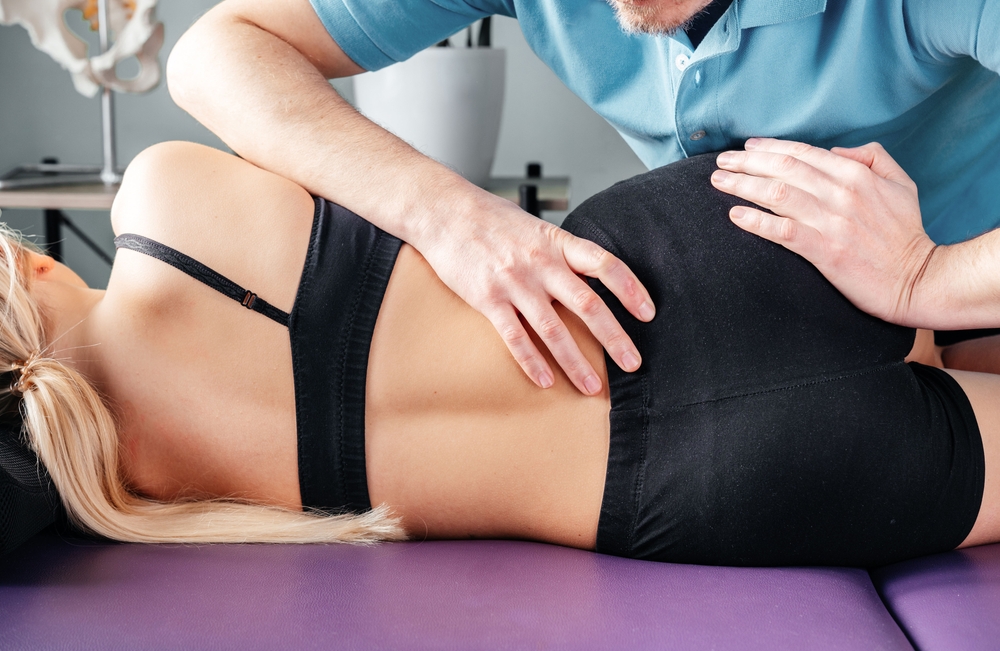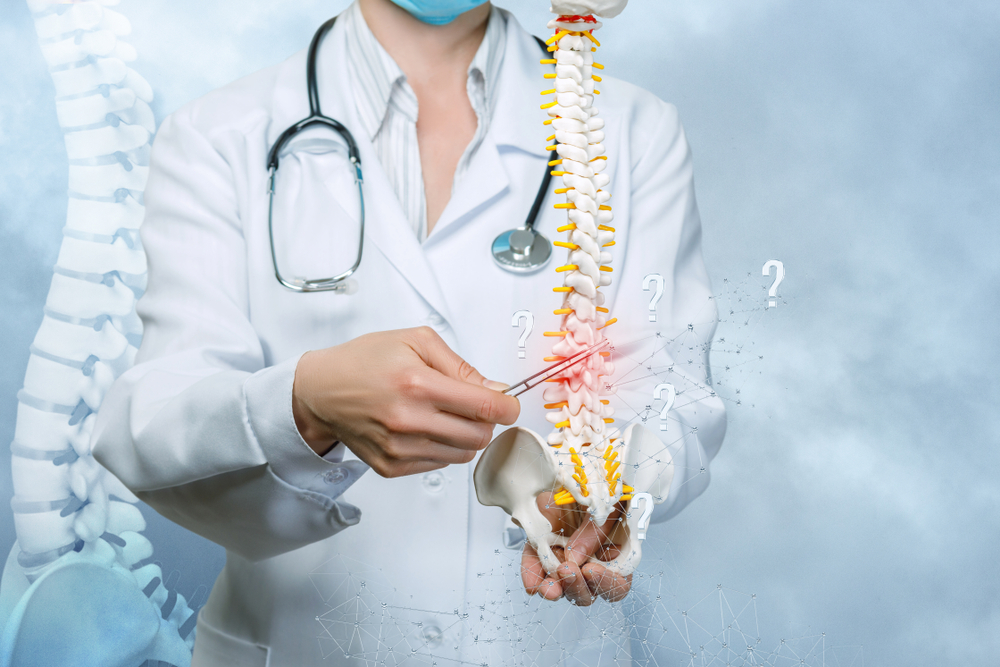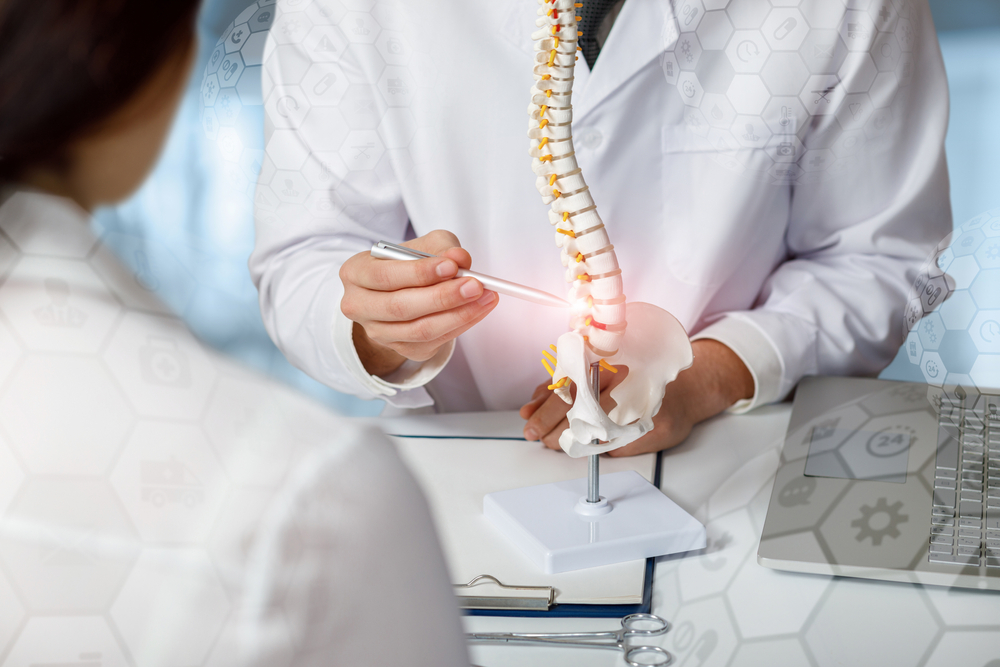
Scoliosis Correction

Scoliosis correction is a surgical procedure undertaken to address the abnormal curvature of the spine, a condition known as scoliosis. This curvature can occur for various reasons, including congenital factors or adolescent idiopathic scoliosis. The primary objective of scoliosis correction surgery is to straighten the spine, prevent further progression of the curvature, and improve overall spinal alignment.
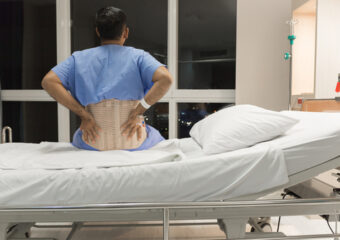
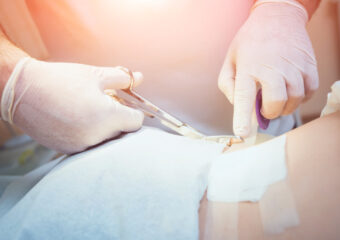
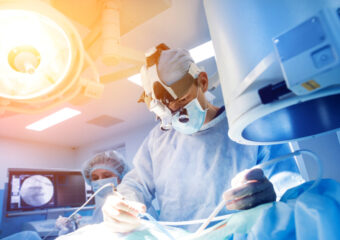
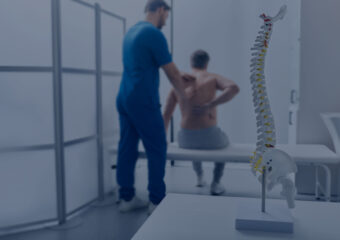
The decision to undergo scoliosis correction surgery is typically based on factors such as the severity of the curve, the potential for progression, and the impact of scoliosis on the individual’s quality of life. There are several surgical approaches to correct scoliosis, and the chosen method depends on factors like the patient’s age, the location and flexibility of the curve, and the underlying cause of scoliosis.
One common technique involves spinal fusion, where two or more vertebrae are connected to eliminate motion between them. Bone grafts, sourced either from the patient or a donor, encourage fusion, and metal implants such as rods, screws, and hooks provide stability during the fusion process.
Book An Appointment
"*" indicates required fields
